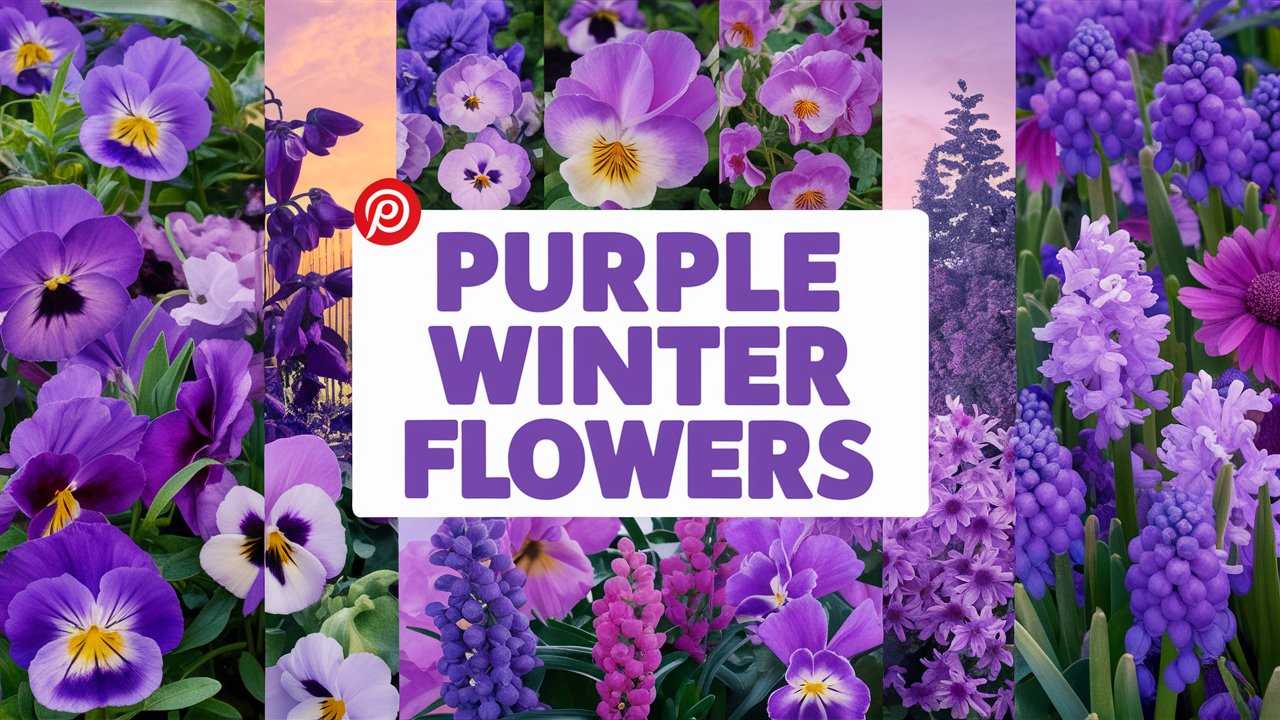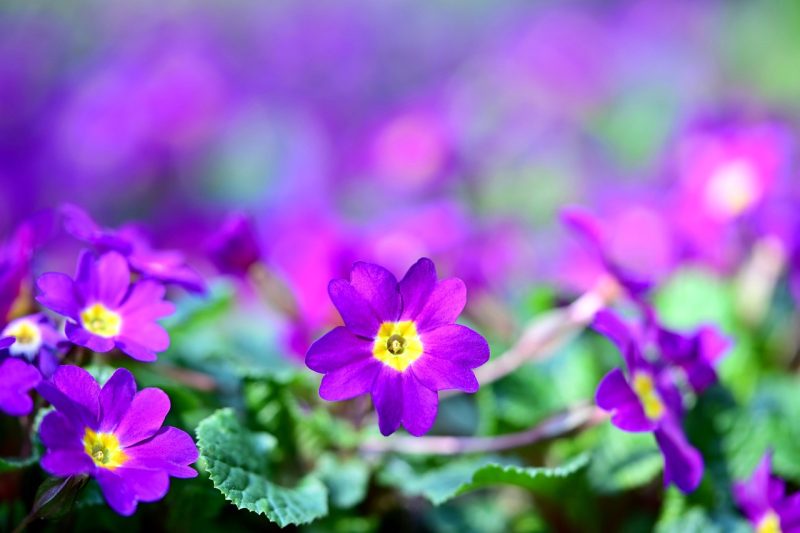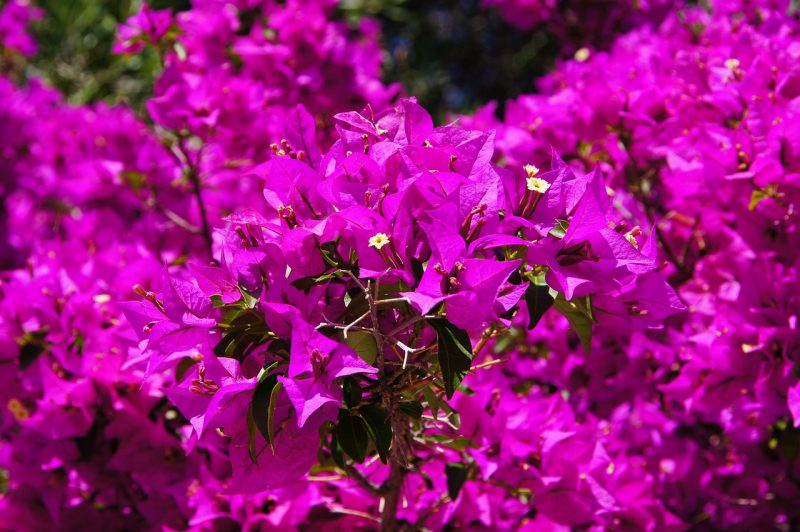As we embrace the colder months, vibrant colors becoming scarce, purple winter flowers emerge as brilliant contenders in our gardens and landscapes. These hardy plants not only bring beauty to dreary winter days but also serve important ecological roles. In this post, we will explore exquisite purple-hued winter blooms along with their unique characteristics, cultural significance, and care requirements.
Crocus
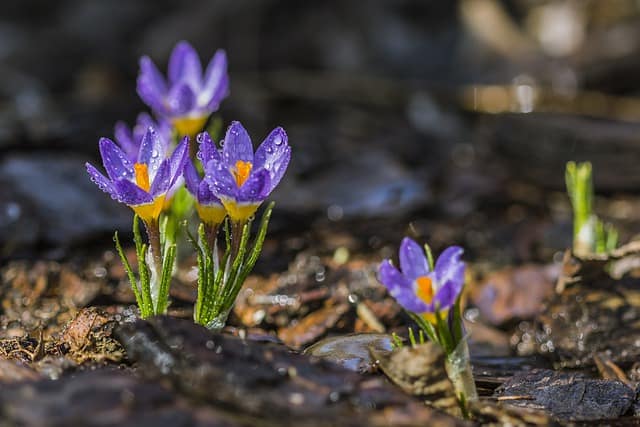
Crocus is one of the earliest flowers to herald the arrival of spring, often peeking through the snow in late winter. These charming little bulbs belong to the Iridaceae family and are celebrated for their ability to produce bold purple hues against a stark winter backdrop. Crocuses are particularly noteworthy for their resilience; they can thrive in challenging conditions where many other plants falter.
Aside from their aesthetic appeal, crocuses play a significant role in the ecosystem. They are among the first sources of nectar for pollinators like bees and butterflies emerging from winter dormancy. The vibrant flowers typically bloom in late February to early March, depending on the climate, making them a crucial food source as pollinators awaken from hibernation.
When planting crocuses, choose a location that receives full sun, as they favor well-drained soil. Their corms—flowering bulbs—should be planted about 3-4 inches deep and spaced 3-4 inches apart. Water them after planting, but be cautious of overwatering, as they are susceptible to rot. Additionally, planting crocuses in clusters creates a stunning visual impact and draws attention to their beautiful purple color.
English Primrose
The English Primrose, or Primula vulgaris, adds a soft, delicate touch to winter gardens, blooming from late winter into early spring with its charming purple flowers. This perennial plant is not only loved for its aesthetic qualities but also for its versatility; it brightens in various growing conditions, whether in shady woodland gardens or more sunlit areas.
Primroses have a fascinating history and cultural significance. In folklore, they are often associated with the arrival of spring, representing renewal and rebirth. Their blooms contain a complex layering of petals that can range from deep purple to pale lavender, providing a delightful tapestry of colors that can elevate any winter landscape.
For optimal growth, English Primroses thrive in moist, rich soil with good drainage. They appreciate partial shade and should not be exposed to full sun for too long, as this can cause wilting. Fertilizing them in early spring with a balanced fertilizer can encourage prolific blooming. Moreover, their delicate flowers are edible, often used to decorate cakes or salads, which adds a culinary twist to their traditional beauty.
Lenten Rose
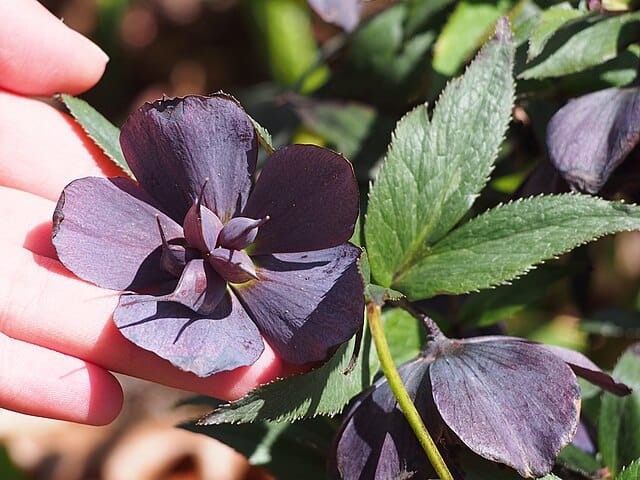
The Lenten Rose, or Helleborus orientalis, is another stunning winter flower that captivates with its unique beauty and early-blooming capabilities. These perennial plants are unique not just due to their beautiful purple, pink, or creamy flowers, but also because they often begin blooming in late winter, even as snow falls around them. This hardy nature has earned them the nickname “Christmas Rose,” although they do not belong to the rose family.
What sets Lenten Roses apart is their intriguing structure and the longevity of their blooms. The flowers may appear delicate, but they are quite robust, often lasting for several weeks. Additionally, the foliage remains attractive year-round, providing interest even when the flowers have faded.
These plants thrive in shaded areas with well-draining soil rich in organic matter, making them perfect for shaded borders or woodland gardens. Once established, Lenten Roses are relatively low-maintenance, requiring little water during dry spells. Their capacity to flourish in various climates makes them a versatile choice for gardeners looking to enhance their winter landscape.
Pansies
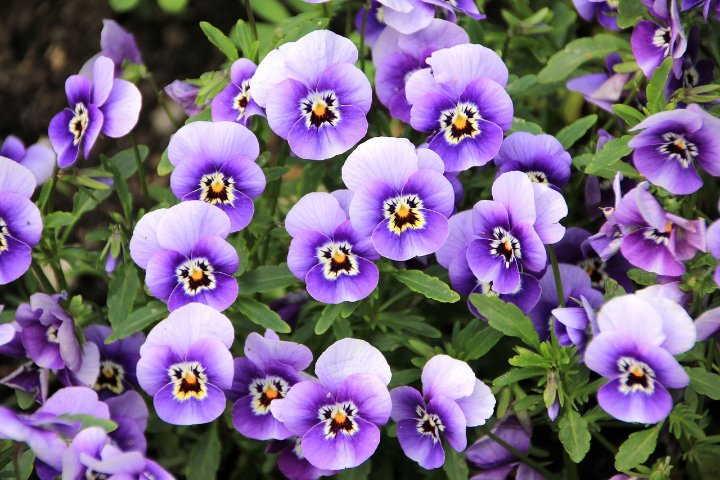
Pansies are beloved winter flowers known for their cheerful faces and rich palette of colors, including striking shades of purple. These hardy annuals can tolerate the chill of winter, making them a popular choice for gardeners looking to bring color to otherwise drab winter landscapes. Characterized by their distinct “faces,” pansies feature large, velvety petals with unique markings that add whimsical appeal.
One of the most compelling aspects of pansies is their versatility. They thrive in cool temperatures and are often planted in the fall to bloom throughout winter into early spring. With their ability to withstand light frosts, pansies make a fantastic addition to containers, window boxes, and garden beds. Additionally, they are relatively easy to cultivate, requiring only well-drained soil and partial sun to flourish.
Pansies aren’t just visually appealing; they also contribute to edible gardens. Their petals are edible and can be used to enhance salads, desserts, or as garnishes, providing a delightful splash of color and a subtle, grassy flavor. Planting pansies not only adds beauty but also fosters biodiversity, attracting pollinators during the milder months.
Algerian Iris

Algerian Iris, scientifically known as Iris unguicularis, is a stunning winter-blooming flower that captivates with its vibrant purple petals and delicate fragrance. Native to the Mediterranean region, this perennial iris is particularly noted for its ability to thrive in challenging conditions, including poor soil and dry climates. This resilience makes it an exceptional choice for gardeners seeking low-maintenance yet beautiful winter flowers.
The Algerian Iris typically blooms in late winter to early spring, producing striking violet flowers with intricate yellow markings. Its slender foliage and clumping growth habit provide an elegant touch to gardens where it can spread and naturalize over time. This iris is especially popular for rock gardens, borders, and areas with well-drained clay or sandy soil, showcasing its adaptability.
In addition to its aesthetic value, the Algerian Iris plays a crucial role in supporting local ecosystems. It attracts early pollinators, such as bees, providing them with much-needed sustenance during their first outings of the year. By incorporating this lovely iris into your winter garden, you can create not only a visual spectacle but also a supportive habitat for wildlife.
Grape Hyacinth
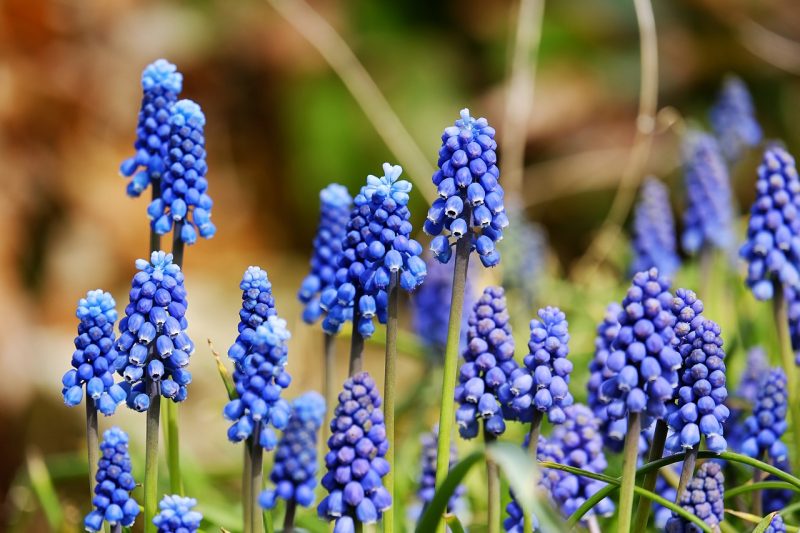
Grape Hyacinth, or Muscari, is a delightful perennial that adds a cascade of deep purple blooms to winter gardens. Often less well-known than other spring bulbs, Grape Hyacinths are cherished for their cluster of small, bell-shaped flowers that resemble bunches of grapes. They typically bloom in early spring, often before the last frost, serving as a beacon of rejuvenation after the long winter months.
These charming bulbs are incredibly easy to cultivate. Grape Hyacinths thrive in well-drained soil and full to partial sun, making them versatile for different garden designs. They are often used in mass plantings, where their vibrant clusters create a striking visual impact, carpeting the ground with beautiful hues. They also work well in rock gardens, borders, and mixed containers alongside other early spring bloomers.
Another fascinating aspect of Grape Hyacinth is their ability to naturalize. Once planted, they can multiply and spread over the years, creating lush displays of purple that return with vigor. Additionally, they are relatively pest-resistant, requiring minimal care, which makes them ideal for both novice and experienced gardeners alike. Their little purple blossoms also attract bees and butterflies, promoting biodiversity during the early part of the year.
Ornamental Cabbage
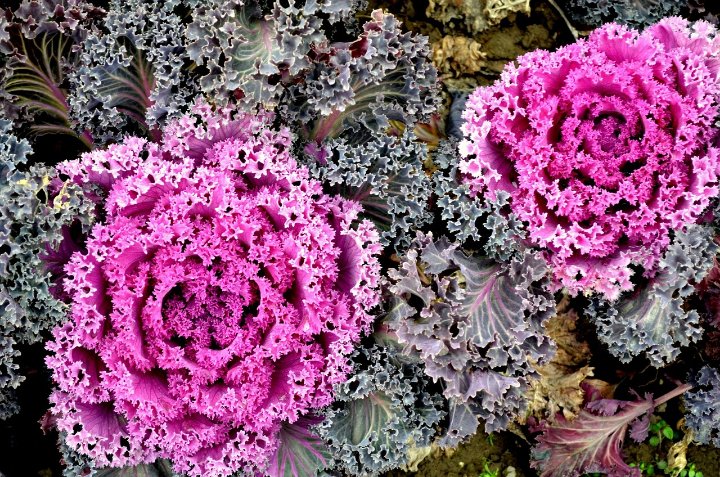
Ornamental cabbage, known scientifically as Brassica oleracea, transcends the stereotype of vegetables, transforming into a stunning winter flower that adds texture and depth to gardens. Available in a spectrum of colors, including striking purples, these plants thrive in cooler temperatures, making them an excellent choice for winter displays. The vibrant, ruffled foliage can create impressive contrasts against the winter landscape, providing an unexpected splash of color amidst the dormancy of other plants.
Unlike culinary cabbages, which primarily focus on producing edible leaves, ornamental cabbage is cultivated for its decorative appeal. As temperatures dip, the leaves often develop deeper hues, transitioning into rich shades of purple and burgundy. These plants are particularly effective in container gardening, hanging baskets, and as borders, where they can showcase their intricate rosettes.
From a care perspective, ornamental cabbage requires nutrient-rich soil and consistent moisture without waterlogging. It is generally resilient against cold weather, but it benefits from a layer of mulch to retain moisture during harsh conditions. Beyond their visual allure, ornamental cabbages are also an interesting conversation piece for gardeners who appreciate the blend of aesthetics with edible possibilities.
Winter Heath
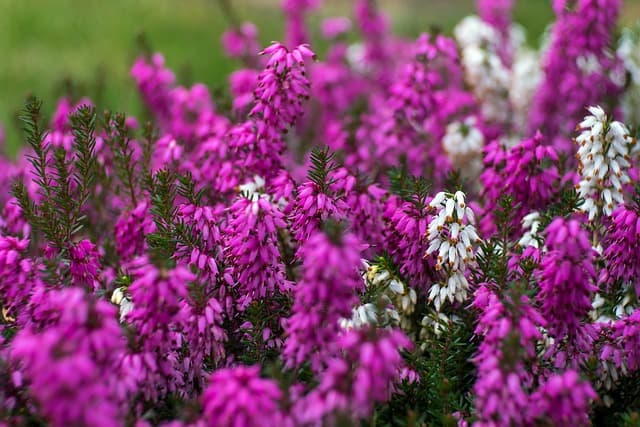
Winter Heath (Erica carnea) is a remarkable evergreen that brightens gardens even in the harshest winter months. This low-growing shrub features delicate, bell-shaped flowers that bloom profusely from late winter to early spring, often in stunning shades of purple, pink, and white. The vibrant blossoms contrast beautifully with their dark green, needle-like foliage, creating a striking visual appeal during a season dominated by browns and grays.
What makes Winter Heath particularly appealing is its hardiness. Fully adapted to thrive in full sun and well-drained acidic soils, this plant can endure colder temperatures than many other flowering species. It is perfect for rockeries, shrub borders, or as ground cover, where it can create a lush, colorful carpet of flowers.
Wildlife enthusiasts will appreciate Winter Heath’s value in attracting pollinators. The small, tubular flowers serve as a significant nectar source for early bees and butterflies, providing food during a time when many other sources are scarce. Moreover, its evergreen nature means it retains its visual interest year-round, making it a valuable addition to any winter garden.
Viola
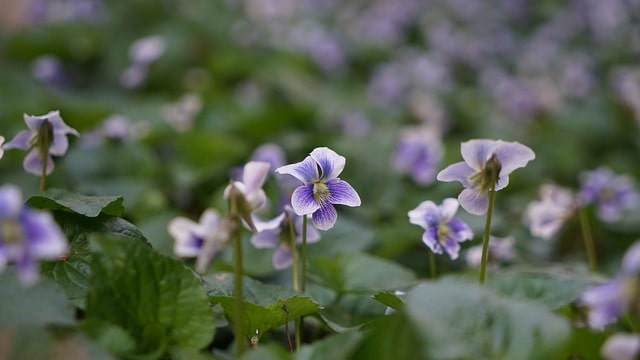
Violas are treasured for their delicate beauty and resilience, emerging as one of the standout winter flowers. Known for their lovely blossoms and charming scent, these biennial plants exhibit a delightful purple hue alongside a range of other colors. Violas bloom in early spring and late winter, often providing a much-needed dash of color when gardens are still waking from winter dormancy.
The allure of violets is not just in their beauty; they are also incredibly adaptable. They thrive in a variety of soil types and conditions, flourishing in both sun and partial shade. Their unique adaptability allows them to be planted in rock gardens, borders, or as ground cover, where they can spread and create delightful patches of color.
Violas are also a beneficial addition for wildlife, attracting pollinators with their sweet fragrance. Furthermore, their edible flowers are often used in salads, garnishes, and cakes, adding a touch of elegance and color to culinary presentations. For gardeners interested in creating a pollinator-friendly space, incorporating Violas alongside other winter flowers can enhance biodiversity and aesthetic appeal.
Bougainvillea
Often revered for its flamboyant and colorful bracts that can appear prominently in shades of purple, Bougainvillea is a climbing plant that defies the traditional notions of winter flowers. While typically associated with warmer regions and tropical climates, certain varieties of Bougainvillea can withstand mild winter conditions if cared for properly. Their vivid bracts, often misunderstood as petals, create a symphony of color that can illuminate gardens even in the chill of winter.
The beauty of Bougainvillea lies not only in its vibrant colors but also in its resilience and adaptability. When planted in containers, it can be moved to sunnier locations even during cooler months, maximizing sun exposure. This flexibility allows Bougainvillea to thrive in various settings, including patios, balconies, and warmer garden spaces, providing enchanting splashes of purple and fuchsia against winter’s backdrop.
Care requirements for Bougainvillea include well-drained soil and plenty of sunlight, which are crucial for developing its full color potential. Regular pruning encourages bushier growth and healthier blooms, making this plant a dynamic choice for those looking to add a touch of tropical flair to their winter gardens. For those in colder climates, bringing the pots indoors during the harshest winter months can preserve this beautiful flowering plant. With the right care, Bougainvillea can continue to grace us with its stunning colors throughout the winter and beyond.
Glory of the Snow
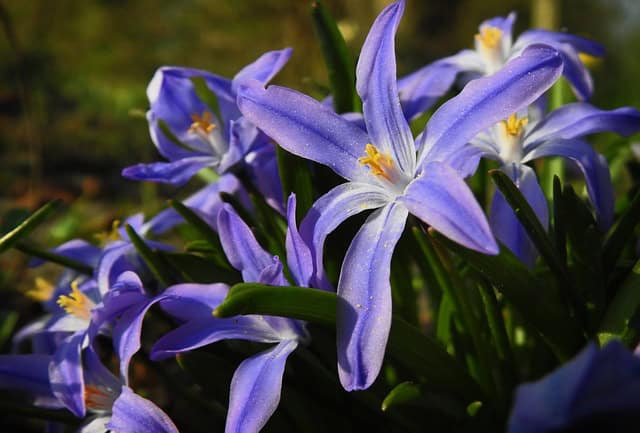
The Glory of the Snow (Chionodoxa luciliae) is a delightful bulbous perennial known for its early spring blooms that often emerge from the melting snow. With clusters of star-shaped flowers that include striking purple varieties, Glory of the Snow serves as one of the first signs of life in gardens, symbolizing hope and warmth as winter recedes. This hardy plant often breaks through the cold soil as early as February, creating a stunning visual spectacle against lingering snow.
This charming flower thrives in well-drained, slightly acidic soil and prefers partial to full sun conditions. Its compact growth habit and spreading tendency make it an excellent ground cover, especially in rock gardens or naturalized areas where it can form vibrant carpets of purple. The planting of Glory of the Snow in groups enhances its visual impact, creating dazzling displays that brighten the landscape during a season when color can be scarce.
In addition to its appealing aesthetics, Glory of the Snow plays an essential ecological role. Its early blooms provide critical nectar sources for pollinators such as bees and butterflies, ensuring these creatures have food sources when few other flowers are present. As a resilient bulb, it requires minimal maintenance once established, allowing gardeners to enjoy its beauty without extensive upkeep.


